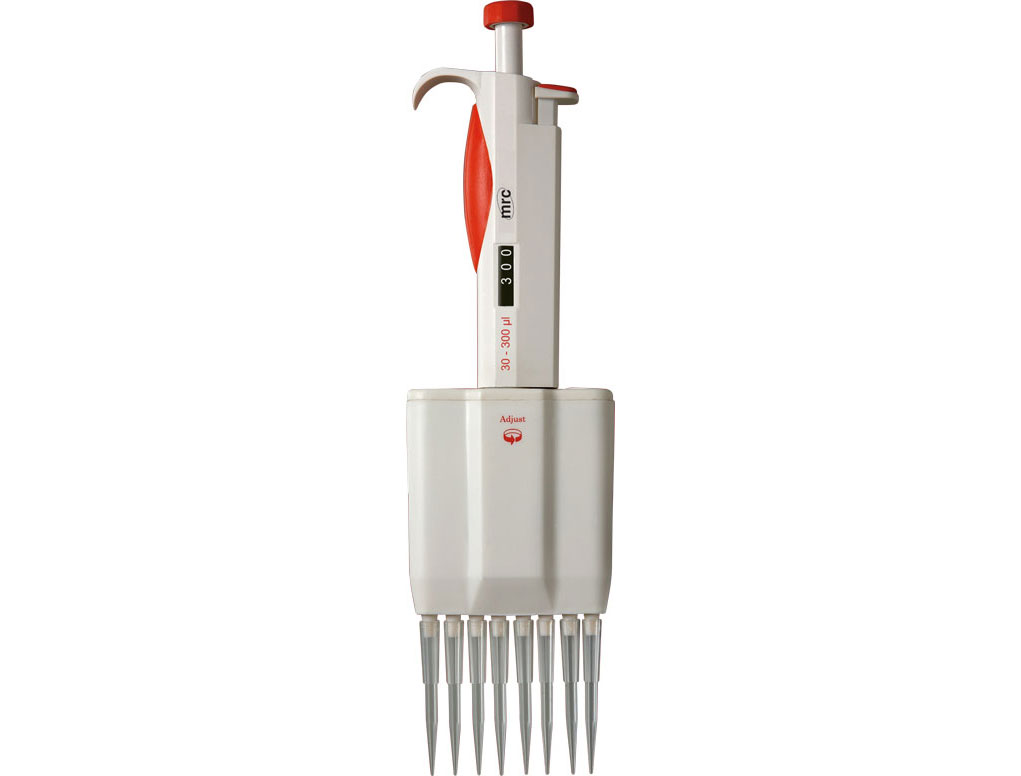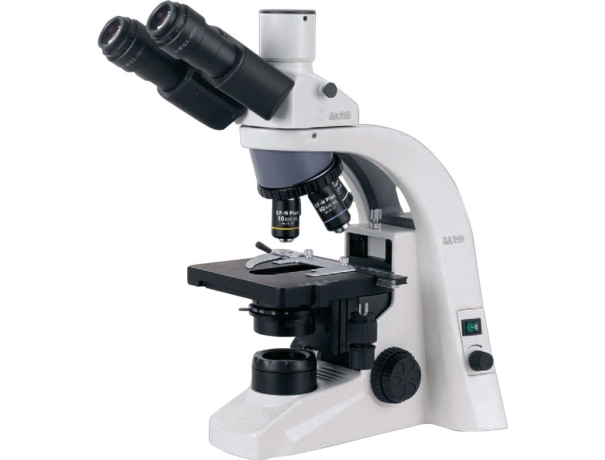This article will delve into the key aspects to emphasize when selecting and maintaining chemistry lab equipment.
Safety First
Lab Coats and Gloves
Lab coats and gloves are fundamental in protecting against chemical spills and skin contact with hazardous substances. They form the first line of defense in maintaining a safe laboratory environment.
Safety Goggles and Face Shields
Eyes are particularly vulnerable in a chemistry lab. Safety goggles and face shields protect against splashes and reactive chemical exposure, ensuring that your vision remains uncompromised.
Fume Hoods and Ventilation
Proper ventilation is vital for maintaining air quality and reducing exposure to toxic fumes.Laboratory Fume hoods are essential for conducting experiments with volatile substances, providing a controlled environment to prevent inhalation hazards.
Emergency Equipment for the Chemistry lab
Fire hazards are a constant risk in a chemistry lab. Having fire extinguishers and fire blankets readily accessible ensures that small fires can be quickly contained, preventing more significant damage.
Eye Wash Stations and Safety Showers
Accidents happen, and when they do, immediate response is crucial. Eye wash stations and safety showers provide rapid decontamination, reducing the risk of severe injuries from chemical exposure.
Precision and Accuracy
Analytical Balances
Analytical balances are essential for obtaining precise measurements of chemical substances. Their high accuracy is crucial for experiments that require exact quantities to ensure reproducibility and validity.
Graduated Cylinders and Pipettes
Graduated cylinders and pipettes are indispensable for accurate volume measurements. Their precision ensures that reactions occur under the intended conditions, leading to reliable results.

Calibration and Maintenance
Regular Calibration Practices
Regular calibration of equipment is necessary to maintain accuracy. Instruments like Laboratory balances and pipettes should be calibrated according to a set schedule to ensure their reliability.
Maintenance of Instruments
Proper maintenance extends the lifespan of laboratory equipment. Regular checks and servicing prevent unexpected breakdowns and ensure continuous, accurate performance.
Durability and Quality
Material Selection
Glassware vs. Plasticware
Choosing between glassware and plasticware depends on the experiment's requirements. Glassware is preferred for high-temperature reactions and chemical compatibility, while plasticware offers durability and resistance to breakage.
Metal Instruments
Metal instruments, such as spatulas and tongs, provide durability and resistance to corrosion. Selecting high-quality metals ensures longevity and consistent performance.
Versatility and Functionality
Magnetic Stirrers and Hot Plates
Magnetic stirrers and hot plates are versatile tools used for mixing and heating solutions. Their multi-functional nature makes them a staple in any chemistry lab equipment.
Centrifuges and Microscopes
Laboratory Centrifuges and microscopes are critical for separating components and observing microscopic details. Their broad applications across various experiments highlight their indispensable role.
Specialized Instruments
Spectrophotometers
Spectrophotometers are specialized instruments used for measuring light absorbance. They are crucial in analyzing chemical concentrations and reaction kinetics.
Chromatography Systems
Chromatography systems are essential for separating and analyzing complex mixtures. Their precision and ability to handle various samples make them invaluable in chemical research.
User-Friendly Design
Intuitive Controls
Lab equipment with intuitive controls enhances usability, reducing the learning curve and allowing for more efficient operation. Clear labeling and straightforward interfaces are key features to look for.
Clear Instructions and Manuals
Comprehensive instructions and manuals ensure that users can operate equipment correctly and safely. Well-documented guidelines prevent misuse and facilitate proper maintenance.
Training and Support
Training Programs
Offering training programs for lab personnel ensures that everyone is proficient in using the equipment. Proper training enhances safety and optimizes the use of lab resources.
Technical Support Availability
Access to reliable technical support helps resolve issues quickly, ensuring that experiments can proceed without prolonged interruptions. It's essential to choose suppliers who offer robust support services.
Cost-Effectiveness
Balancing Quality and Budget
Cost-Benefit Analysis
Conducting a cost-benefit analysis helps balance quality and budget. Investing in high-quality equipment may have a higher upfront cost but often leads to long-term savings and better performance.
Investing in Essential Equipment
Prioritizing essential equipment ensures that critical needs are met without overspending. Identifying must-have tools versus nice-to-have items helps manage costs effectively.
Long-Term Savings
Energy-Efficient Equipment
Energy-efficient equipment reduces operational costs over time. Investing in energy-saving devices not only lowers utility bills but also supports environmental sustainability.
Durable and Long-Lasting Tools
Choosing durable and long-lasting tools minimizes replacement costs. High-quality materials and robust construction contribute to the longevity of lab equipment.

Environmental Considerations
Eco-Friendly Materials
Recyclable and Biodegradable Options
Selecting recyclable and biodegradable materials reduces the environmental impact of lab operations. Eco-friendly options support sustainability goals and promote responsible resource use.
Sustainable Manufacturing Practices
Opting for equipment produced through sustainable manufacturing practices supports the reduction of environmental footprints. This includes using renewable energy sources and minimizing waste during production.
Energy Efficiency
Low-Energy Consumption Equipment
Choosing low-energy consumption equipment helps reduce the lab's overall energy usage. This not only cuts costs but also contributes to a greener, more sustainable lab environment.
Green Lab Initiatives
Implementing green lab initiatives, such as recycling programs and energy conservation measures, fosters a culture of sustainability. Encouraging eco-friendly practices benefits both the lab and the broader community.
FAQs
What are the most important safety equipment in a chemistry lab?
The most important safety equipment includes lab coats, gloves, safety goggles, face shields, fume hoods, fire extinguishers, fire blankets, eye wash stations, and safety showers.
How often should lab equipment be calibrated?
Lab equipment should be calibrated regularly according to manufacturer recommendations and lab protocols, often at least annually or before critical experiments.
What materials are best for lab equipment durability?
Glassware, high-quality plastics, and durable metals like stainless steel are best for lab equipment due to their resistance to chemicals and physical durability.